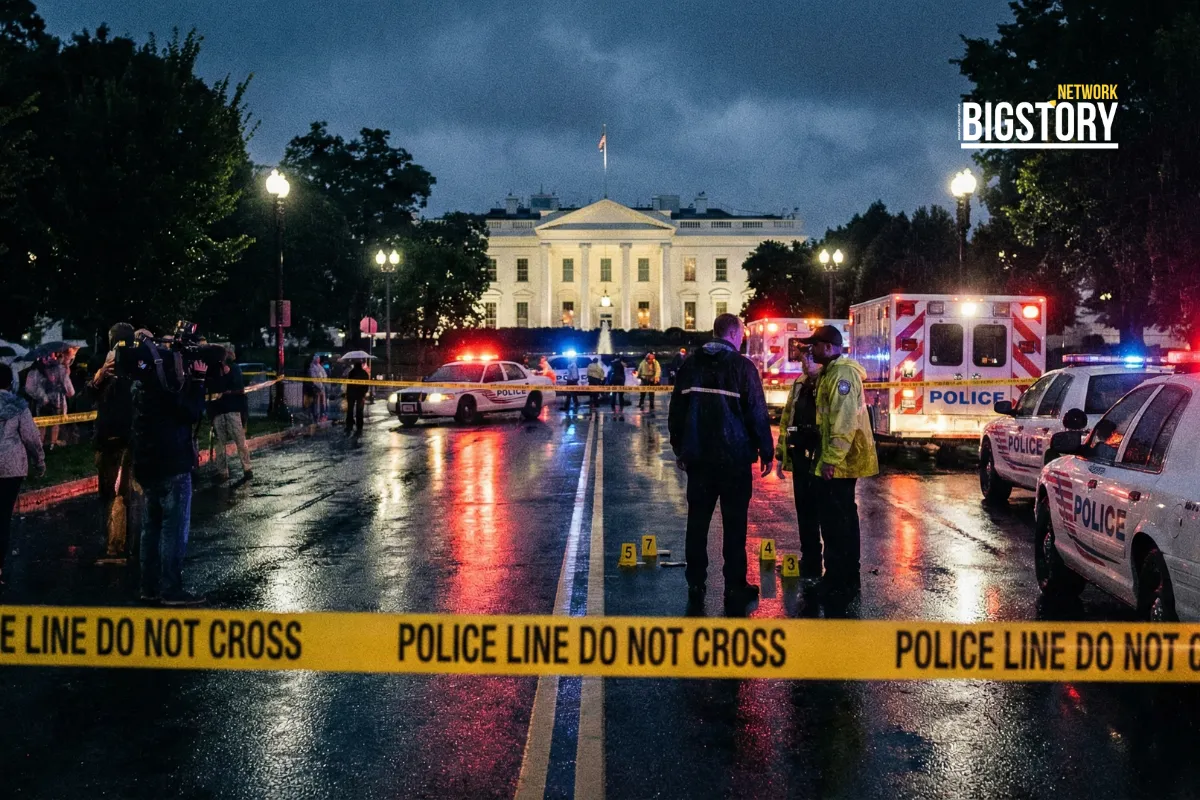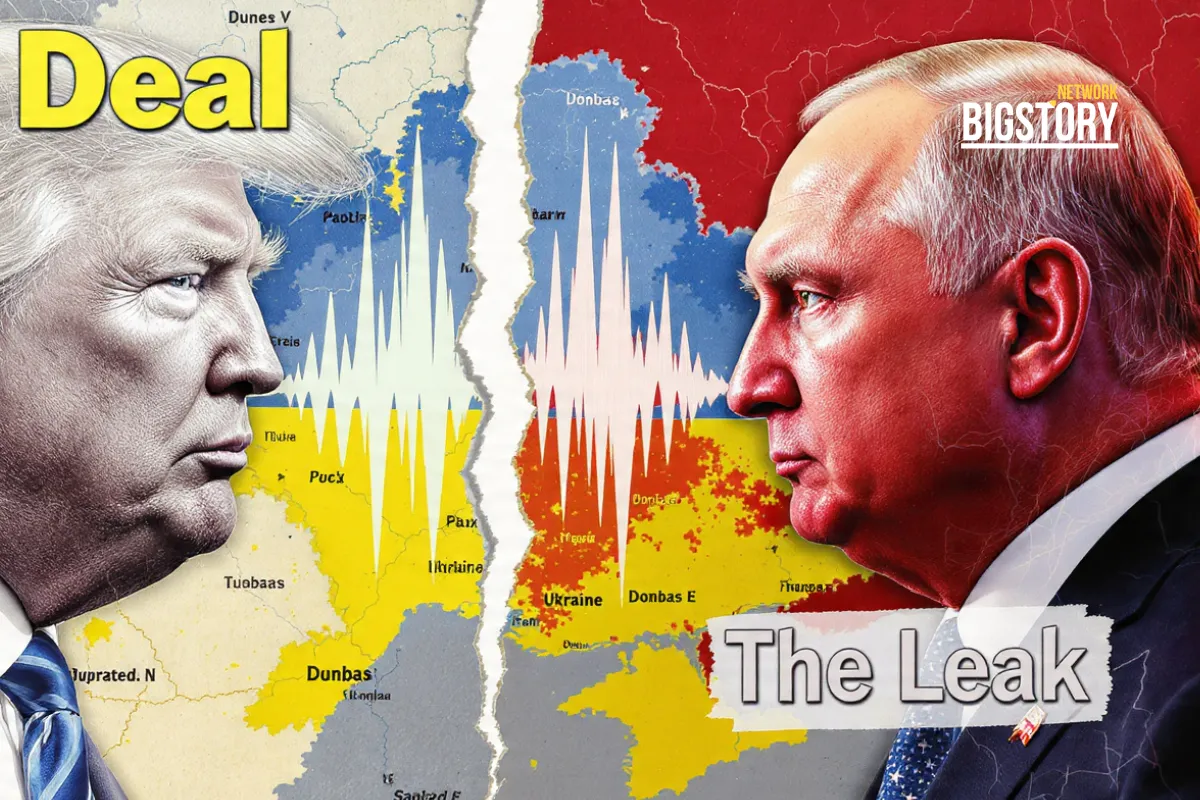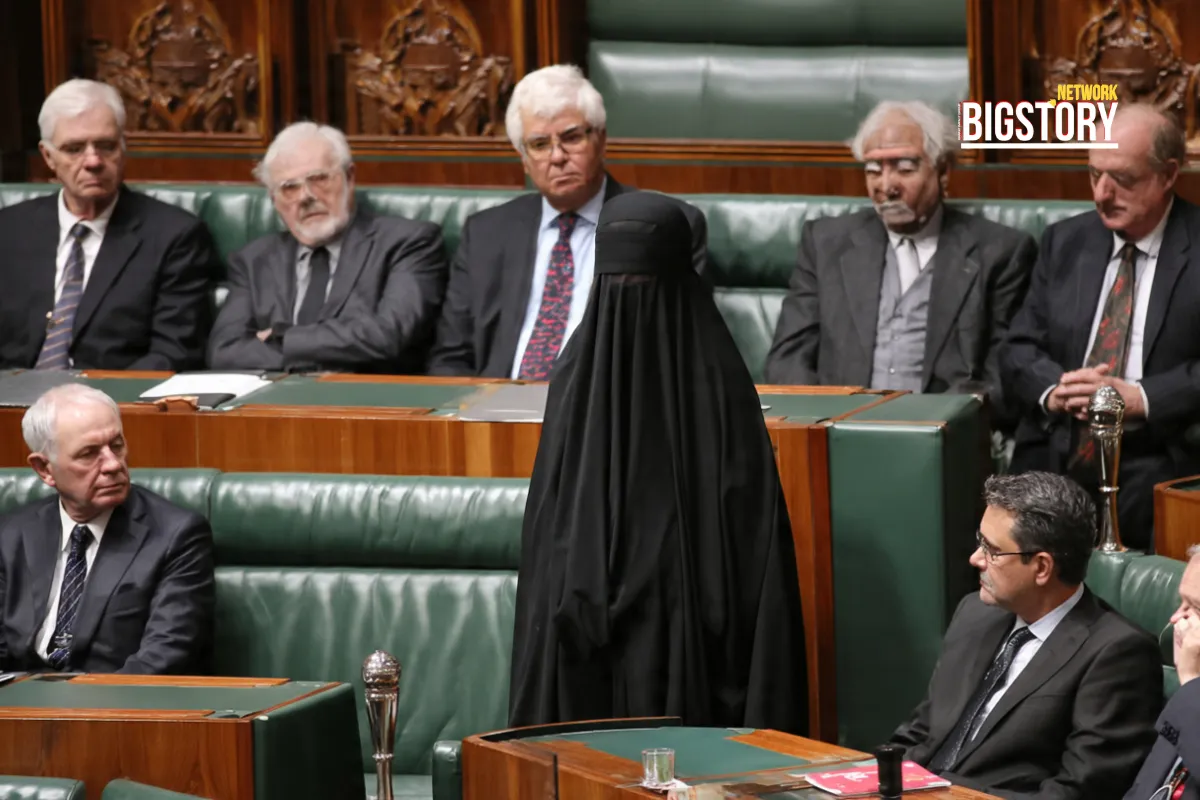US blocks UN Gaza ceasefire resolution Sept 18, 2025, marking sixth veto. All 14 other Security Council members supported immediate truce.
 Sseema Giill
Sseema Giill
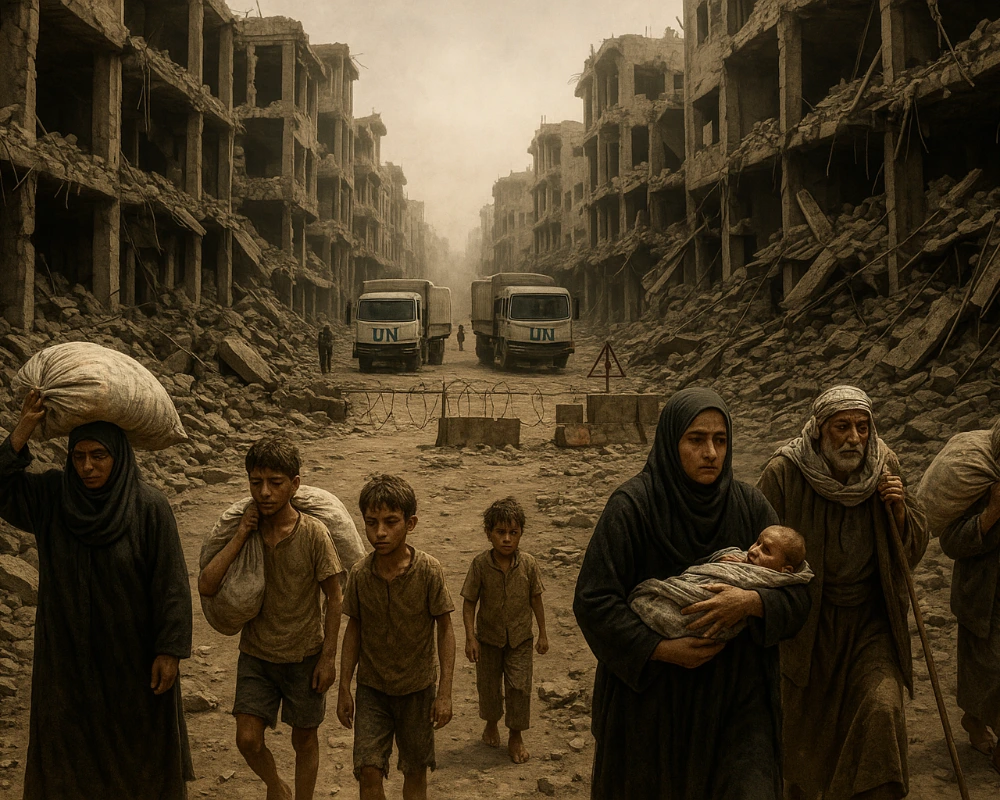
The United States has once again stood alone at the United Nations, vetoing a Security Council resolution that called for an immediate ceasefire in Gaza on September 18, 2025. While all 14 other members backed the measure demanding an unconditional truce, the release of hostages, and unhindered humanitarian aid, Washington’s decision underscored its continued support for Israel amid one of the deadliest phases of the conflict.
Q1: Why did the US veto the ceasefire resolution?
The US argued the draft resolution failed to condemn Hamas attacks and undermined Israel’s right to self-defense.
Q2: How many times has the US vetoed ceasefire resolutions in 2025?
Six times since the Gaza war began.
Q3: What does the resolution propose?
It called for an immediate and permanent ceasefire, hostage releases, and lifting aid restrictions.
Q4: What is the humanitarian situation in Gaza?
Over 65,000 deaths reported, mass displacement, and warnings of famine-level conditions.
Q5: How did the international community vote?
14 members supported the resolution; only the US voted against it.
Q6: What’s next at the UN?
The General Assembly will meet, where many countries are expected to push for Palestinian state recognition.

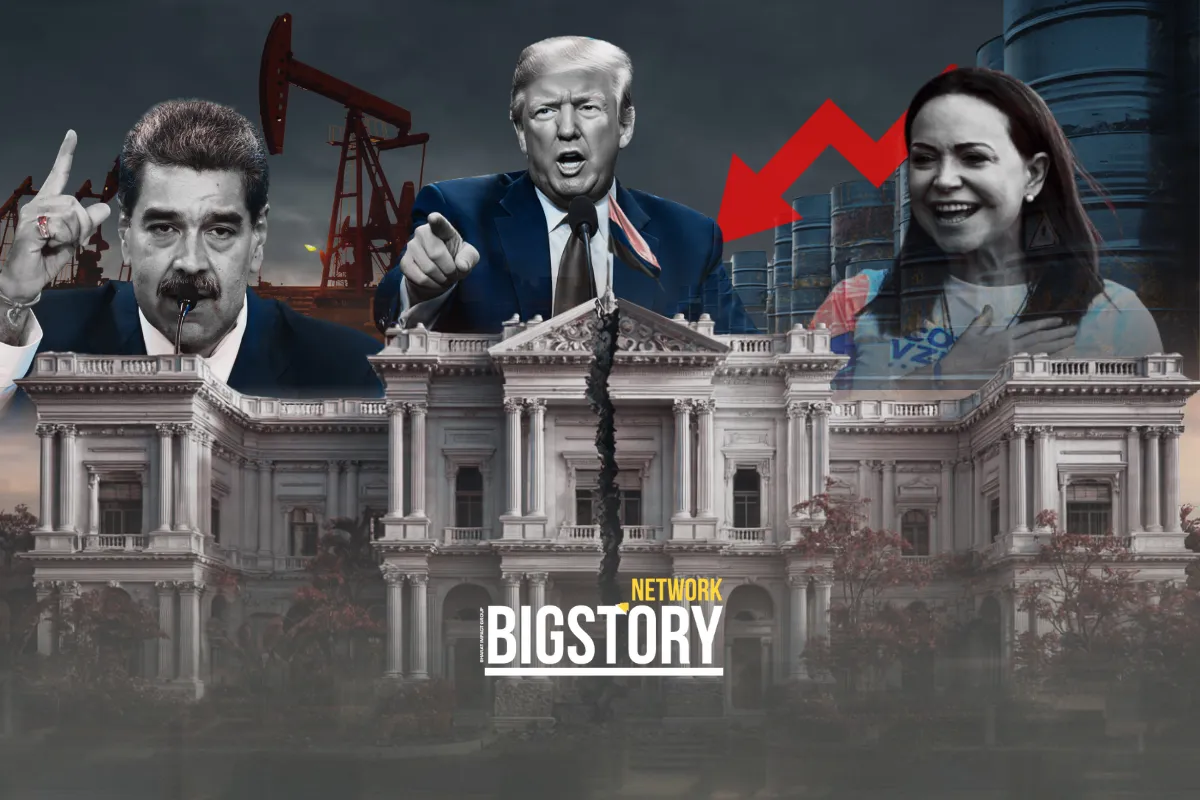




Sign up for the Daily newsletter to get your biggest stories, handpicked for you each day.
 Trending Now! in last 24hrs
Trending Now! in last 24hrs
